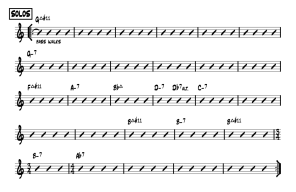Stick Control Rudimental foundation and
Immersed listening to Tony Williams circa 1963
also Art, Elvin, Max same time period 1958-
add 4-5 years time and you'll be beboppin
sticks close to head conversational volumes with high accents
awareness of the quarter note's speed
He's in Tony 1965 - Jack Dejohnette 1970- mode there
Immersed listening to absorbing those original legendary cd's are key
some video;
Lps CD's YT's
Out to Lunch- Eric Dolphy
Seven Steps to Heaven- Miles Davis
Live-Evil- Miles Davis
Spring- Tony Williams
Percussion Discussion- Art Blakey and Max Roach
that's scraping the surface there's many many more and similar too many to list here
but good start plan on 4- 5 years and don't let up
he's pushing freely -equal with all band members- still conscious of his instrument- against and within a time barrier
his right hand is holding the time- they're all aware of the quarter-note
and he's free to participate make own decisions not a slave it's a co-op co-operation
with trusted responsibility among the members to each other that's pretty much modern jazz.
Freedom with responsibility. Individual artists collective.
After that, why anyone would want to play or just, state 2&4 is beyond me. Kidding .I know why.
There's 2& 4 in there it's just been liberated collectively.
It's almost like a 1962 John Coltrane piece called
"Impressions"
check that out
also
"Milestones" by Miles Davis Philly Joe Jones
this is what makes drums worth living
as a daily bread


